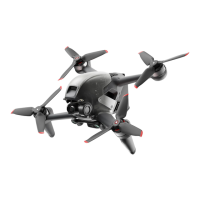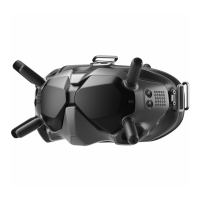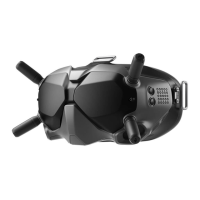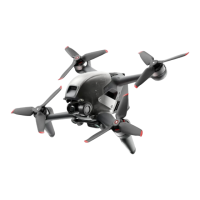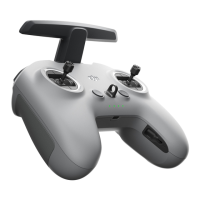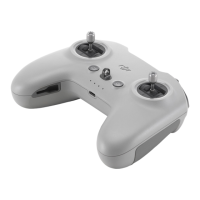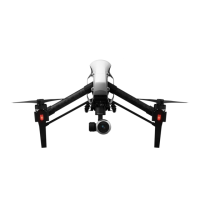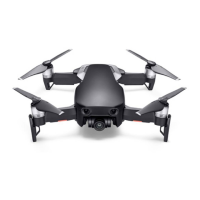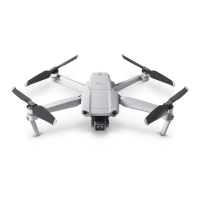DJI FPV
User Manual
20
© 2021 DJI All Rights Reserved.
Precision Landing
The aircraft automatically scans and attempts to match the terrain features below during RTH. The aircraft will land
when the terrain matches the terrain of the Home Point. A prompt will appear in the goggles if the terrain fails to
match.
Landing Protection is activated during Precision Landing.
The performance of Precision Landing is subject to the following:
a) The Home Point must be recorded upon takeo and must not be changed during ight. Otherwise,
the aircraft will have no record of the terrain features of the Home Point.
b) During takeo, the aircraft must ascend vertically to at least 7 m before moving horizontally.
c) The terrain features of the Home Point must remain largely unchanged after it is recorded.
d) The terrain features of the Home Point must be suciently distinctive.
e) The lighting conditions must not be too light or dark.
The following actions are available during Precision Landing:
a) Pull the throttle stick down to accelerate landing.
b) Pull the throttle stick up or move the other control stick to stop Precision Landing. Landing
Protection remains active while the aircraft descends vertically.
Vision Systems and Infrared Sensing System
DJI FPV aircraft is equipped with both an Infrared Sensing System and Forward and Downward Vision Systems.
The Forward and Downward Vision Systems consist of two cameras each and the Infrared Sensing System
consists of two 3D infrared modules.
The Downward Vision System and Infrared Sensing System help the aircraft maintain its current position, hover
in place more precisely, and to y indoors or in other environments where GPS is unavailable. In addition, the
auxiliary bottom light located on the underside of the aircraft improves visibility for the Downward Vision System in
weak light conditions.
Forward Vision System
Downward Vision System
Downward Vision System
Infrared Sensing System
Auxiliary Bottom Light
